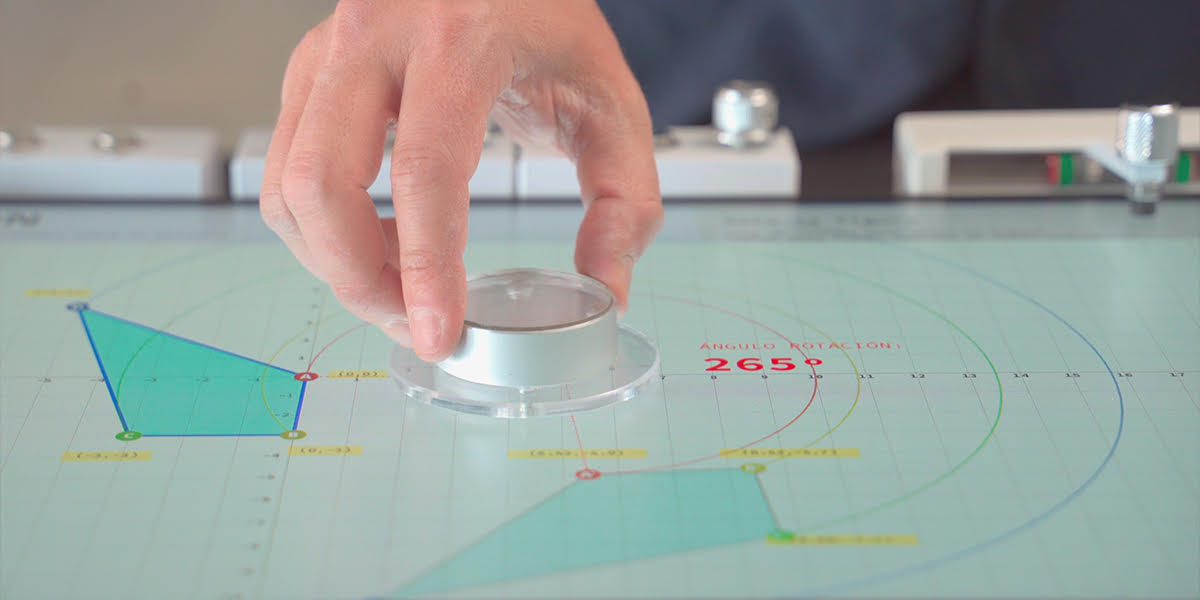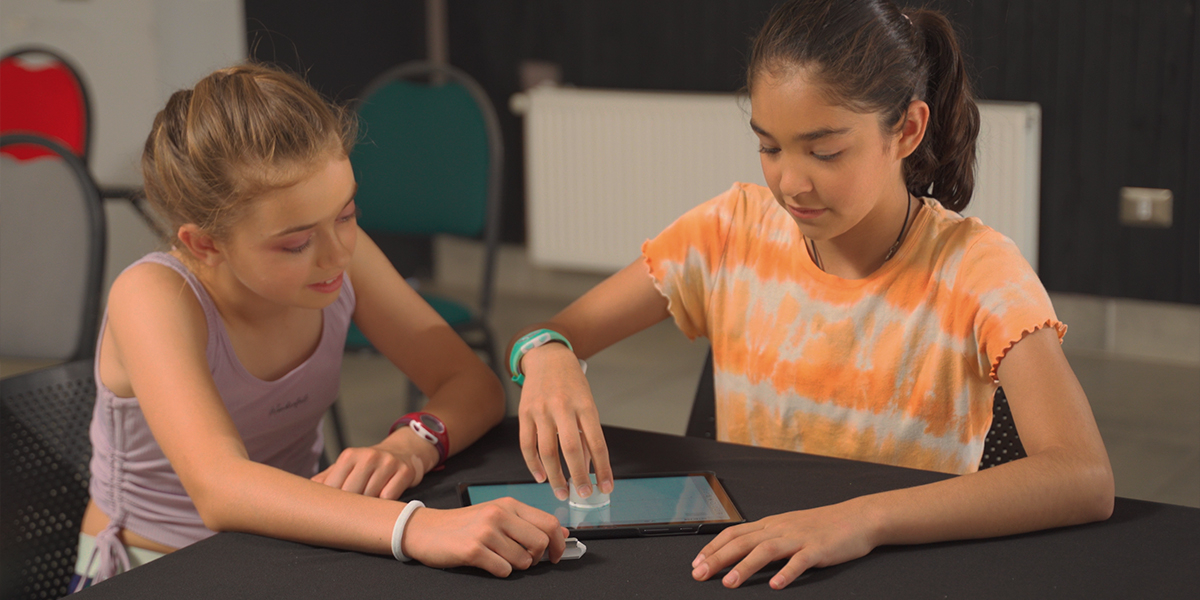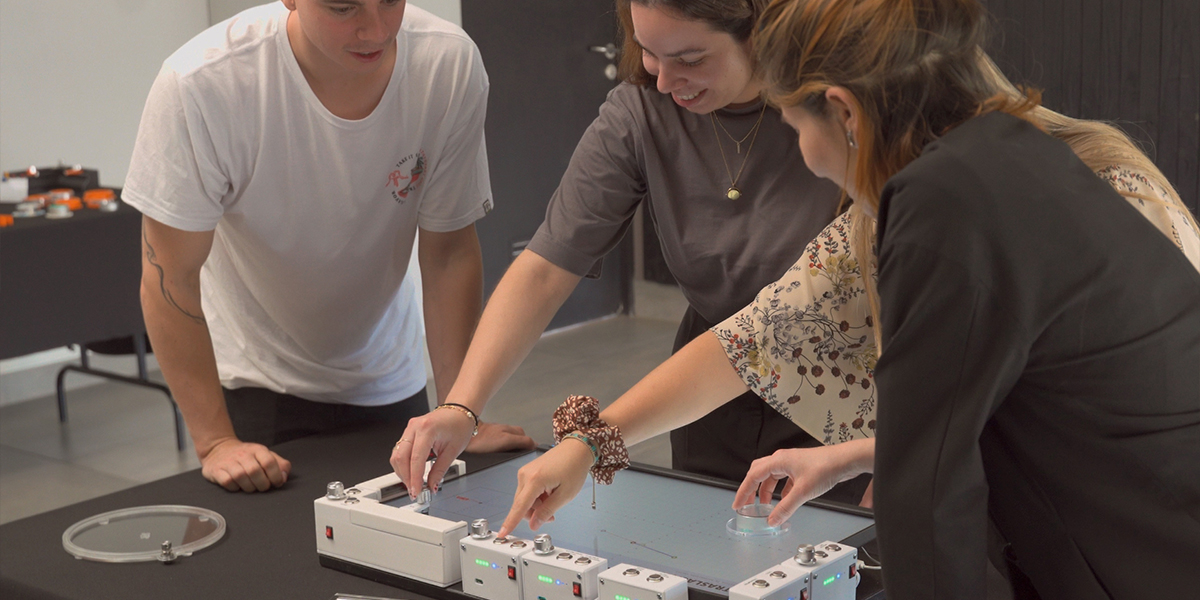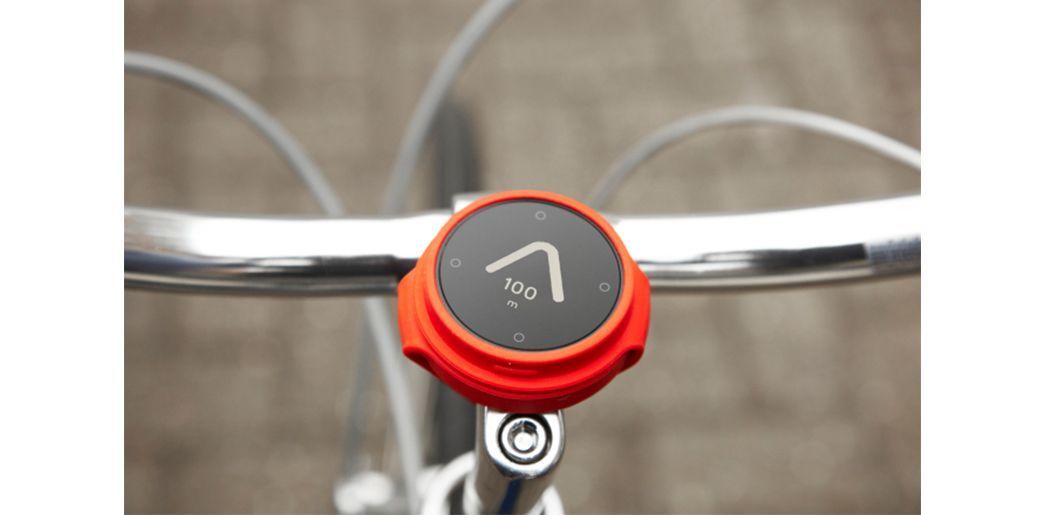AÑO
2023
CATEGORÍA
Aprendizaje y Juego
OBJETIVOS
Educación de calidad, Reducción de las desigualdades
PAL. CLAVE
tangible math, interactive system, embodied cognition, collaborative learning, inclusive learning
PAÍS
Chile
CRÉDITOS
Francisco Zamorano & Catalina Cortés
LINK
https://www.tamitangiblemath.com
TAMI: Tangible Mathematics Interface
Mathematics interface that utilizes physical objects to manipulate mathematical models on a screen
How does it work?
TAMI is a tangible mathematics interface system that utilizes physical objects called Tokens to manipulate mathematical models on a touch screen. These Tokens are intuitive, easy to use, and designed to foster collaborative peer learning. The design process involved an interdisciplinary team of engineers, educational experts, industrial designers, programmers, and interaction specialists, who iterated on the software and physical design. To date, we have designed three tokens: The knob, the mirror, and the wheel. Each one performs a specific function to explain mathematical content.
TAMI is inclusive, fostering multiple ways of learning depending on the abilities of each student. Our research has empirically verified that TAMI is a highly motivating resource for understanding and internalizing mathematical concepts. The TAMI experience is like a journey of discovery, done in collaboration with peers and in an entertaining way, making learning even more meaningful.
Why is it needed?
Learning mathematics is complex, too abstract, and tedious for students. Keeping youth interested is a daily challenge for math teachers who constantly look for new activities besides worksheets or the blackboard. Teachers agree that currently available software focuses on problem resolution more than on supporting concept understanding.
TAMI is developed based on embodied cognition that benefits students and teachers. It is inclusive, fostering multiple ways of learning and enhancing the abilities of each student. And it improves access to quality educational tools for students who have been excluded or marginalized.
For teachers, TAMI is an easy-to-use tool. The contents are organized by topic through predesigned activities for each level. Teachers can implement them in their classes, adapting them to the needs of their students. For example, they can customize the elements they will use, such as the shapes they prefer or the details displayed or hidden.
How does it improve life?
617 million adolescents still need to reach the minimum mathematical and language skills level (UNESCO Institute for Statistics, 2017). And Latin American results fall significantly below the OCDE average. In Chile, 10,590 public and subsidized schools serve primary and secondary education (2018). 3.582.351 students could benefit from using a new mathematics educational tool that could be acquired at a low cost per student with State funds allocated for this purpose.
We started imagining and exploring interactive technological alternatives to address this need. TAMI: a tangible mathematics interface, is an interactive system that encourages discussion and co-learning among peers, enhancing the benefits of technology to foster collaborative learning at a low cost per student.





